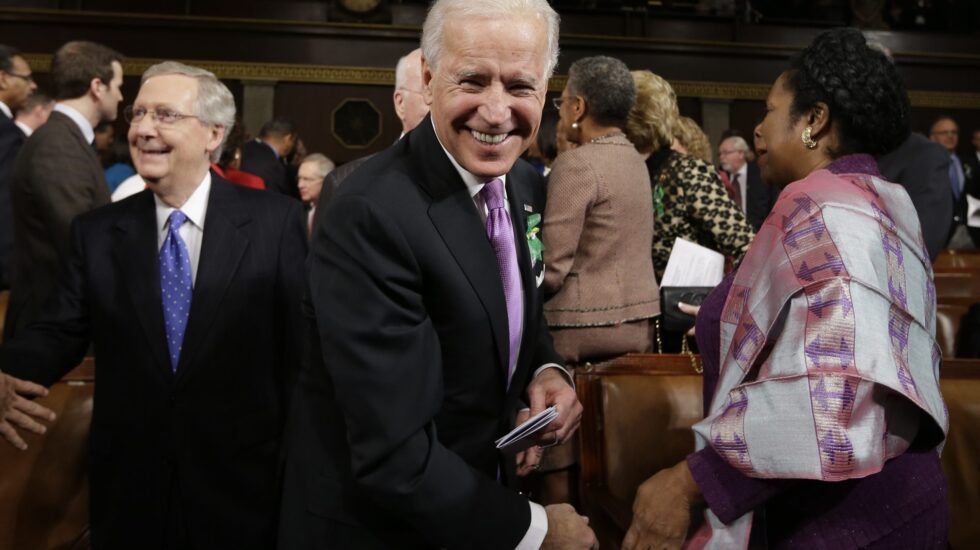If Joe Biden gets his way, we may actually finally get to see Infrastructure Week.
The New York Times reports that the White House is prepping a pair of bills totaling $3 trillion in spending to enact the next phase of his ambitious economic agenda.
Because of concern that the scale and cost of the legislation may make it a non-starter for Republicans and even moderate Democrats, sources tell the Times that Biden’s advisers recommend breaking the proposal up into pieces.
The first plan would cover infrastructure improvements, such as the construction of roads, bridges, rail lines, electric vehicle charging stations and improvements to the electric grid. It would also expand clean energy initiatives and the development of “high-growth” industries, such as 5G. That means the creation of lots of jobs, as many as 5 million, according to some estimates, which is why the WH thinks this part of the bill will probably appeal to Republicans. The problem lies with how the legislation will be paid for. Biden’s advisers want to raise taxes on corporations to help pay for it, and that’s likely to be instantly rejected by Republicans. Senate Minority Leader Mitch McConnell essentially said so last week.
“I don’t think there’s going to be any enthusiasm on our side for a tax increase.”
And it’s not as easy as just using budget reconciliation as happened with the COVID relief bill. Some left-of-center democrats are pushing to include their republican colleagues in the discussion for this proposal.
Getting the legislation passed, both parts, is key for Biden to keep his campaign promises that were part of his “Build Back Better Recovery Plan.”
